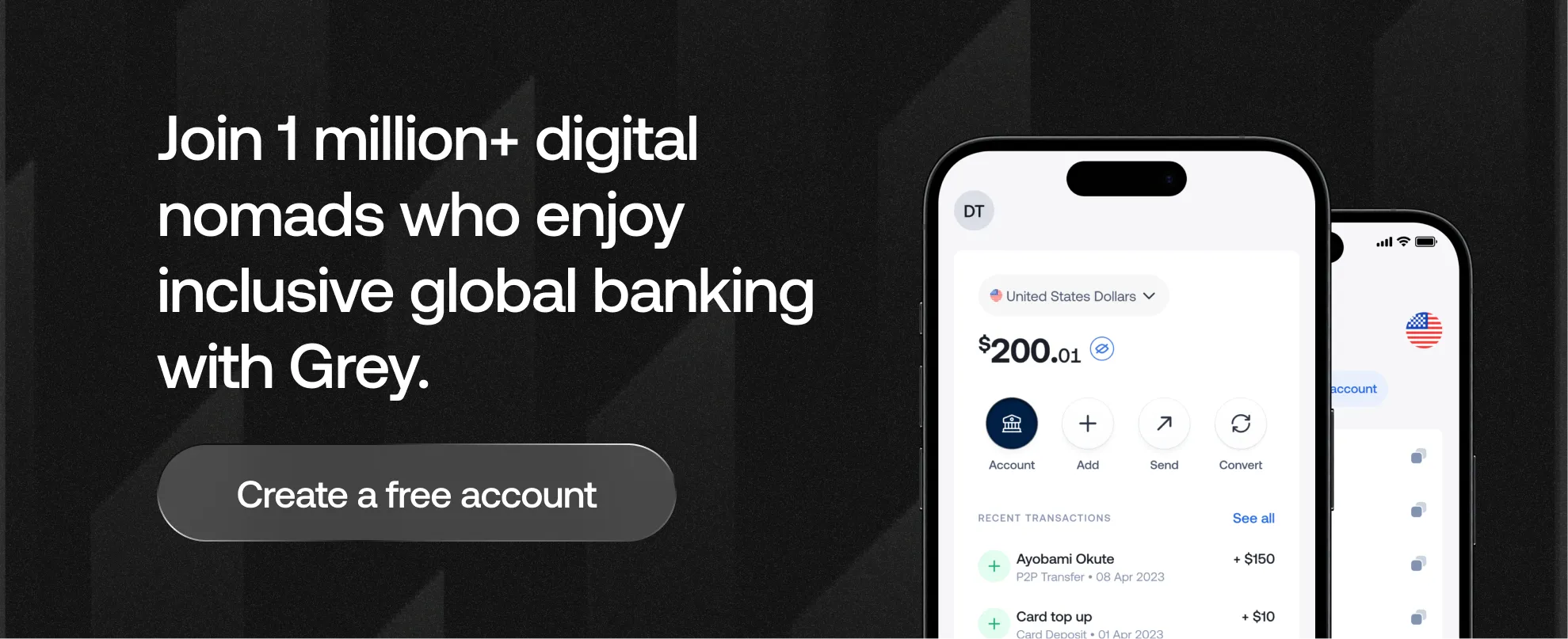

Egyptians are choosing the freelance route every year, drawn by flexibility, global opportunities, and the freedom to work on their own terms.
Freelancing globally from Egypt is absolutely doable, but it pays (literally) to set things up correctly from day one. Here’s a clear, step-by-step roadmap to get started, covering everything from taxes and e-invoicing to getting paid and finding clients.
Start by deciding what you’ll sell and who you’ll sell it to. Will you offer content writing, design, development, marketing ops, or translation services? And are your clients local SMEs, MENA startups, or international agencies?
Do a quick round of market validation:
Your goal: one clear page that explains what you do, how you do it, and what it costs.
Also read: Freelance platforms with high payout rates in Egypt
Here’s a local-friendly strategy that works:
Consistency is what fills your pipeline.
In Egypt, freelancers can operate as natural persons (self-employed) or set up a sole proprietorship or one-person company.
Whichever route you pick, you’ll need to register with the Egyptian Tax Authority (ETA) and get a Tax Card — your official tax registration number.
Tip: If you plan to invoice companies regularly, registering a sole proprietorship early helps with e-invoicing and banking.
You may also like: Paypal and Payoneer alternatives for freelancers in Egypt
Egypt now requires electronic invoicing and receipts for most businesses. If you’re VAT-registered or work with companies, you’ll need to join the ETA’s e-invoicing system.
Egypt’s standard VAT rate is 14%, with a registration threshold of EGP 500,000 in taxable turnover over 12 months.
However, some professional and consultancy services must register immediately, even before hitting the threshold.
Non-resident suppliers of digital services also face specific VAT rules.
What to do:
Ask your accountant if your service type requires VAT registration from day one. If not, keep track of your turnover to know when you cross the threshold.
Egypt uses a progressive income-tax system. Individuals must file by 31 March each year for the previous calendar year.
Current brackets (2024–2025):
An annual exemption of EGP 20,000 applies.
If your income is substantial, plan quarterly tax set-asides so you’re not caught off guard in March.
Also read: How to receive money from UK clients in Egypt
Under Egypt’s Unified Social Insurance Law (No. 148 of 2019), even self-employed professionals can make contributions toward pensions and benefits. Implementation has been gradual, so check with your accountant about your current eligibility and contribution base.
If you later hire staff, registering with NOSI becomes mandatory.
Egyptian freelancers usually mix a few methods to get paid smoothly:
Notes:
Create a bilingual Arabic–English invoice including:
If you’re in scope, issue through the ETA’s e-invoice/e-receipt system.
To simplify the entire process, you can use Grey Invoicing to create clean, professional invoices in minutes. It lets you generate client-ready invoices, attach your payment details, and keep everything organised. It’s perfect for tracking projects and getting paid faster across borders.
Keep everything neatly stored in a shared cloud folder and reconcile monthly against your Grey transactions and local bank records.
When quoting:
This keeps your income steady and protects you from currency swings.
Keep it simple. Your contracts should clearly outline:
Send a short Master Service Agreement (MSA) and Statement of Work (SOW) for each project. Use bilingual versions for local clients.
Do I need to register before invoicing?
Yes. Get your Tax Card and, if applicable, register for e-invoicing/e-receipts before issuing invoices.
When should I register for VAT?
When you hit EGP 500,000 in taxable turnover, or immediately, if you provide professional services that require early registration.
What’s my tax deadline?
31 March for individuals each year.
Can I receive USD or EUR payments?
Yes. You can receive them via PayPal, Payoneer, or similar platforms and withdraw to local accounts after conversion.
Once your freelance business is up and running, the next big step is making sure you actually get paid quickly, securely, and without losing money to unnecessary fees.
With Grey, you can receive payments from clients abroad in USD, EUR, or GBP, convert at competitive rates, and withdraw directly to your Egyptian bank account. No waiting, no hidden costs, no complicated setup. Just seamless access to your money.
Open a free Grey account today and make getting paid the easiest part of your work.




.svg)
Back to top